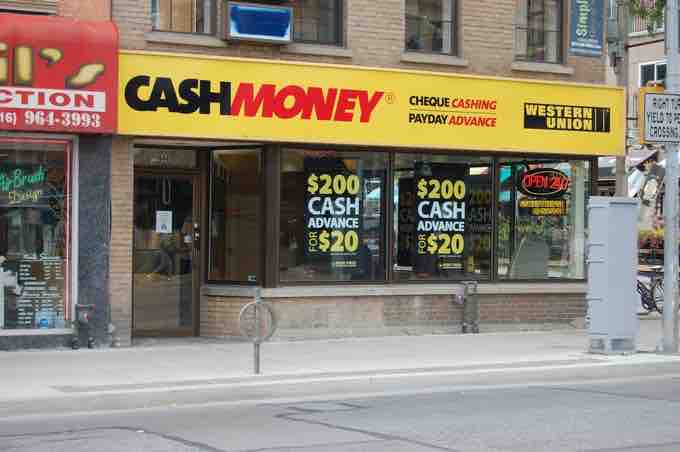Short Term Loans
Short term loans are borrowed funds used to meet obligations within a few days up to a year. The borrower receives cash from the lender more quickly than with medium- and long-term loans, and must repay it in a shorter time frame.
Examples of short-term loans include:
Overdraft
Overdraft protection is a financial service offered by banking institutions in the United States. An overdraft occurs when money is withdrawn from a bank account and the available balance goes below zero. In this situation, the account is said to be "overdrawn. " If there is a prior agreement with the account provider for an overdraft, and the amount overdrawn is within the authorized overdraft limit, then interest is normally charged at the agreed rate.
Credit Card
A credit card is a payment card issued to users as a method of payment. It allows the cardholder to pay for goods and services based on the holder's promise to pay for them. The issuer of the card creates a revolving account and grants a line of credit to the consumer (or the user) from which the user can borrow money for payment to a merchant or as a cash advance to the user. For smaller businesses, financing via credit card is an easy and viable option.
The main benefit to a business or entrepreneur is convenience. Compared to debit cards and checks, a credit card allows small short-term loans to be quickly made to a customer. The customer then need not calculate a balance remaining before every transaction, provided the total charges do not exceed the maximum credit line for the card.
Payday Loans
A payday loan (also called a payday advance) is a small, short-term unsecured loan. These loans are also sometimes referred to as "cash advances," though that term can also refer to cash provided against a credit card or other prearranged line of credit. The basic loan process involves a lender providing a short-term unsecured loan to be repaid at the borrower's next pay day. Typically, some verification of employment or income is involved (via pay stubs and bank statements), but some lenders may omit this.
Money Market
The money market developed because parties had surplus funds, while others needed cash. The core of the money market consists of inter bank lending (banks borrowing and lending to each other using commercial paper), repurchase agreements, and similar short-term financial instruments. Because money market securities are typically denominated in high values, it is not common for individual investors to wholly own shares of money market securities; instead, investments are carried out by corporations or money market mutual funds. These instruments are often benchmarked to the London Interbank Offered Rate (LIBOR) for the appropriate term and currency.
Refund Anticipation Loan (RAL)
A refund anticipation loan (RAL) is a short-term consumer loan secured by a taxpayer's expected tax refund designed to offer customers quicker access to funds than waiting for their tax refund. In the United States, taxpayers can apply for a refund anticipation loan through a paid professional tax preparation service.
Bridge Loans
A bridge loan is a type of short-term loan, typically taken out for a period of two weeks to three years pending the arrangement of larger or longer-term financing. It is interim financing for an individual or business until permanent or next-stage financing can be obtained. Money from the new financing is generally used to "take out" (i.e. to pay back) the bridge loan, as well as other capitalization needs.
Bridge loans are typically more expensive than conventional financing to compensate for the additional risk of the loan. Bridge loans typically have a higher interest rate, points and other costs that are amortized over a shorter period, as well as various fees and other "sweeteners" like equity participation by the lender. The lender also may require cross-collateralization and a lower loan-to-value ratio. On the other hand, they are typically arranged quickly with little documentation.
Bridge loans are used in venture capital and other corporate finance for several purposes:
- To inject small amounts of cash to carry a company so that it does not run out of cash between successive major private equity financing.
- To carry distressed companies while searching for an acquirer or larger investor (in which case the lender often obtains a substantial equity position in connection with the loan).
- As a final debt financing to carry the company through the immediate period before an initial public offering or acquisition.

Payday Loan store
Payday loan stores offer short term loans